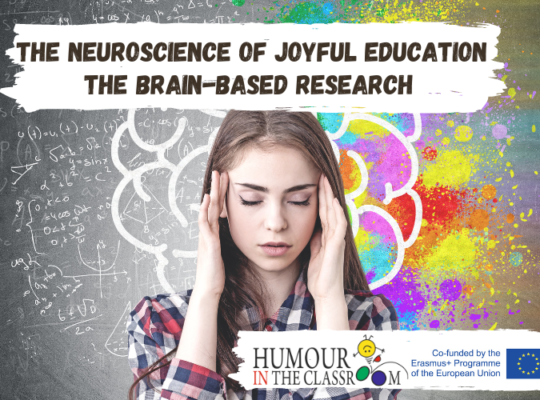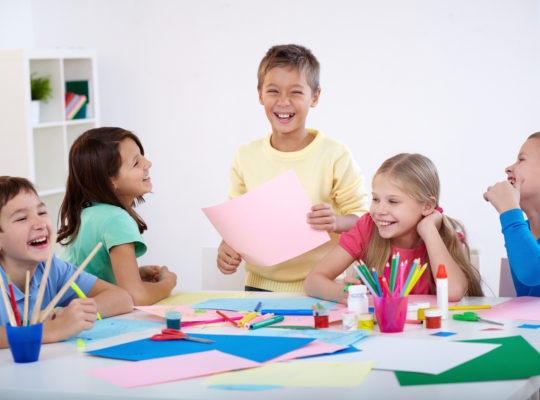Planning for the Ideal Emotional Atmosphere
Lessons that are stimulating and challenging are more likely to pass through the reticular activating system (a filter in the lower brain that focuses attention on novel changes perceived in the environment). Classroom experiences that are free of intimidation may help information pass through the amygdala’s affective filter. In addition, when classroom activities are pleasurable, …




